John Stewart is one of the most recognizable DC Comics characters to take on the mantle of a Green Lantern. A background with the U.S. Marines gave him military experience that proved invaluable to his space-faring responsibility, and his career as an architect results in some of the most creative constructs ever produced by a Green Lantern's ring.
Tragically, John has often gotten the short end of the stick in comics, his fan base deriving heavily from the animated Justice League (2001) and Justice League Unlimited (2004) animated shows, yet he still has a variety of underrated comics stories giving him a chance to shine his light brightest.
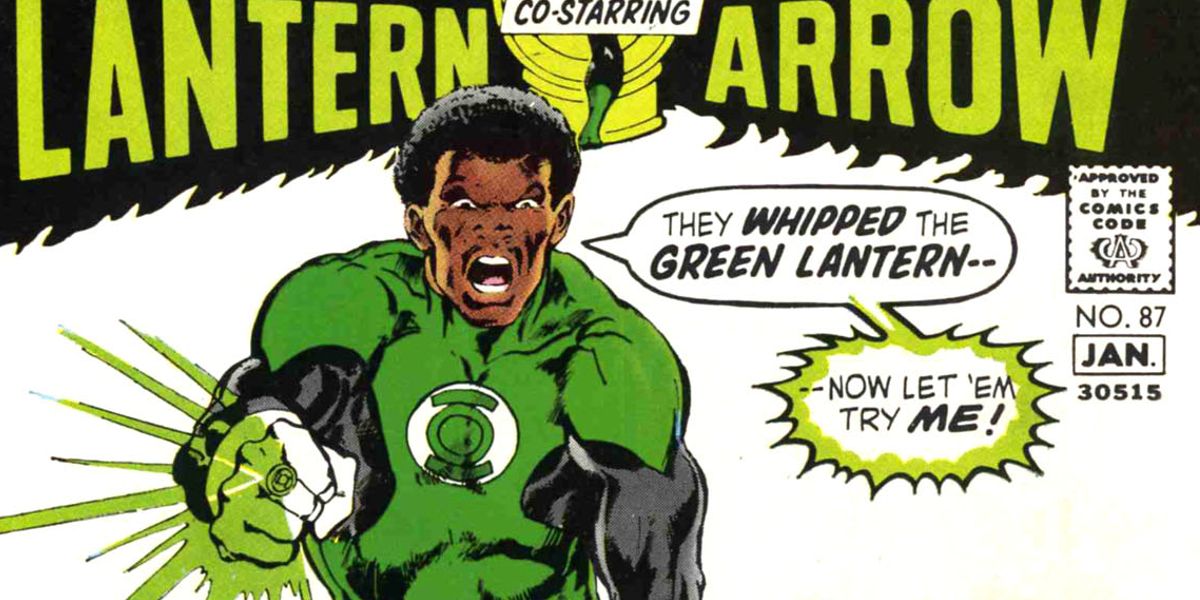
For John Stewart's first appearance, this iconic 1970s Green Lantern comic by Denis O'Neil shows the rookie Green Lantern assigned to prove his worth to a sceptical Hal Jordan by showing he can protect a racist politician from assassination. Though things go awry, John proves himself a true Lantern with his heroic conduct in uncovering a greater plot.
By modern standards, this issue's socio-political commentary on racism and its depiction of John Stewart is outdated, but he has grown tremendously as a character since then, and his fans would nonetheless be intrigued to see where and how the character began before evolving into the iconic DC superhero they know and love.
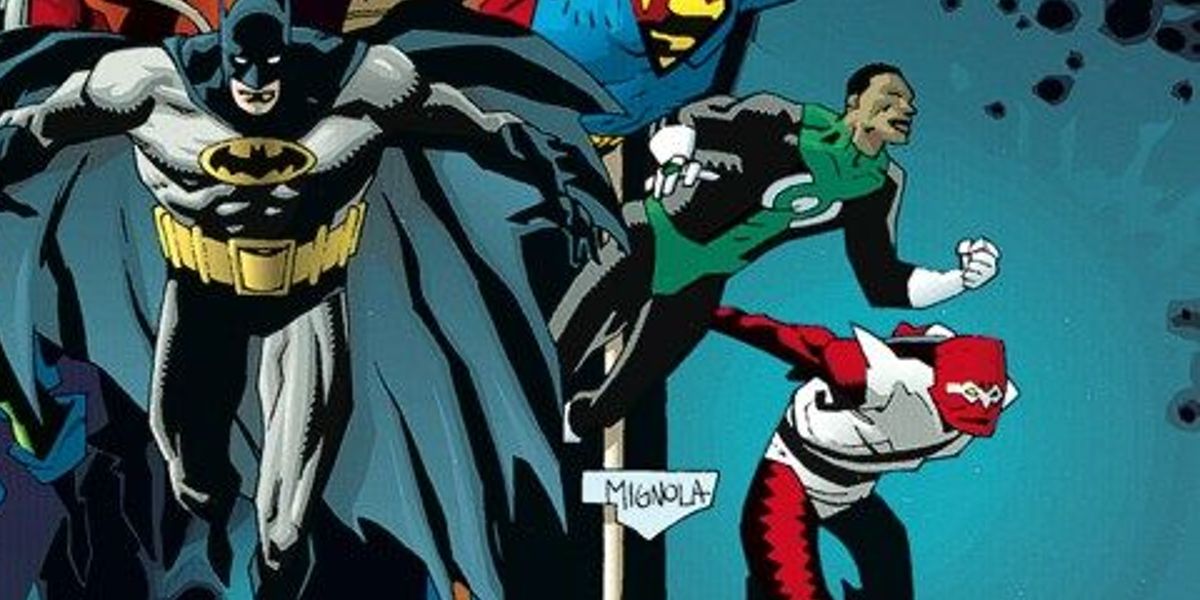
John Stewart's role in the DC universe is magnified in this four-issue galactic space epic by Jim Starlin involving Batman, Superman, Martian Manhunter, and the New Gods in an epic crossover. As they battle a being made from Anti-Life itself, the Green Lantern experiences one of the most meaningful stories in his history with repercussions that were never forgotten.
The event sees the destruction of the planet Xanshi, a tragic failure on John's part that forever leaves an emotional scar, leading to the creation of Fatality, one of Xanshi's surviving inhabitants who becomes John's nemesis from then on. Fatality blames the entire Green Lantern Corps for her world's destruction and sets out to eradicate all Lanterns. It is easily John's highlight of the 1980s era of Green Lantern.
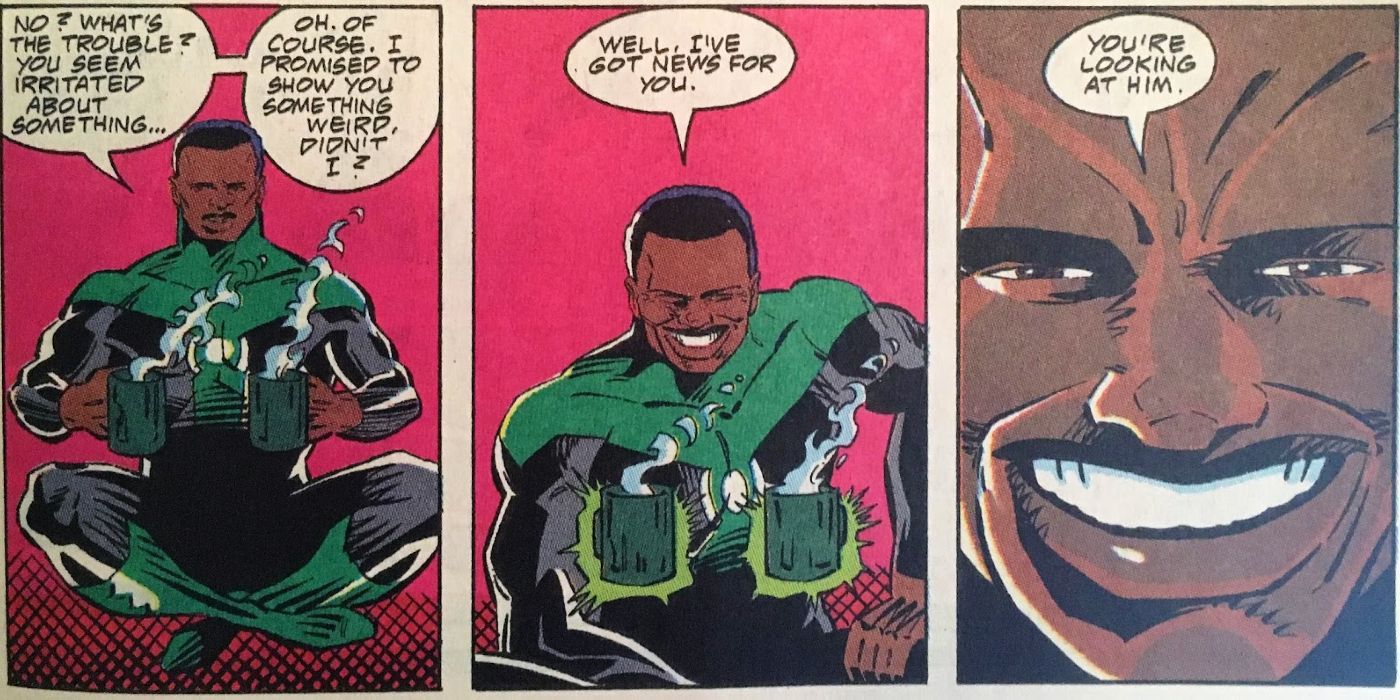
Gerard Jones' 18-issue series focuses entirely on John Stewart and some of his wildest adventures, exploiting the potential of the Green Lantern mythos in ways not seen again until Willworld (2001). When a Guardian brings together cities from multiple worlds to create a patchwork of different societies literally stitched together, it is up to John Stewart to keep this new world in one piece.
There is tremendous fun to be had in seeing Stewart keep these different societies from harming each other and keep intact the "Mosaic world" filled with unique, diverse, and fascinating alien cultures. The series even saw the death of classic Green Lantern supporting character Ch'p, the squirrel Green Lantern.
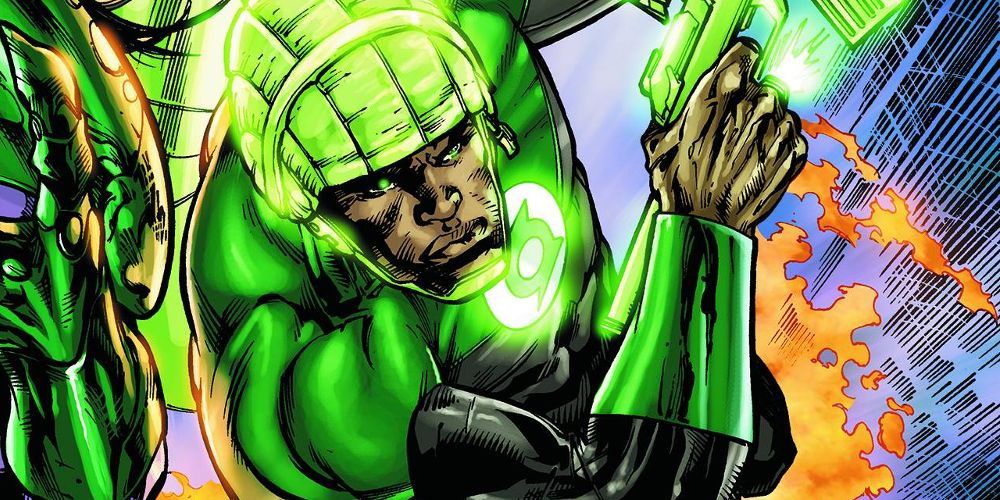
The 2010s is when Stewart started getting some major new stories that finally gave him the spotlight more often, beginning with the "Revolt of the Alpha-Lanterns" storyline. When the Alpha Lanterns begins "requisitioning" unwilling Green Lanterns to their emotionless ranks, John finds himself in a unique position to uncover their sudden treachery.
This five-issue arc written by Tony Bedard and illustrated gorgeously by Ardian Syaf resurrects Cyborg Superman as the villain manipulating the Alpha Corps to do his bidding. Plus, Alpha Lantern Boodikka gets some development, briefly regaining her emotions and reasserting her true self with the help of her fellow Lanterns.
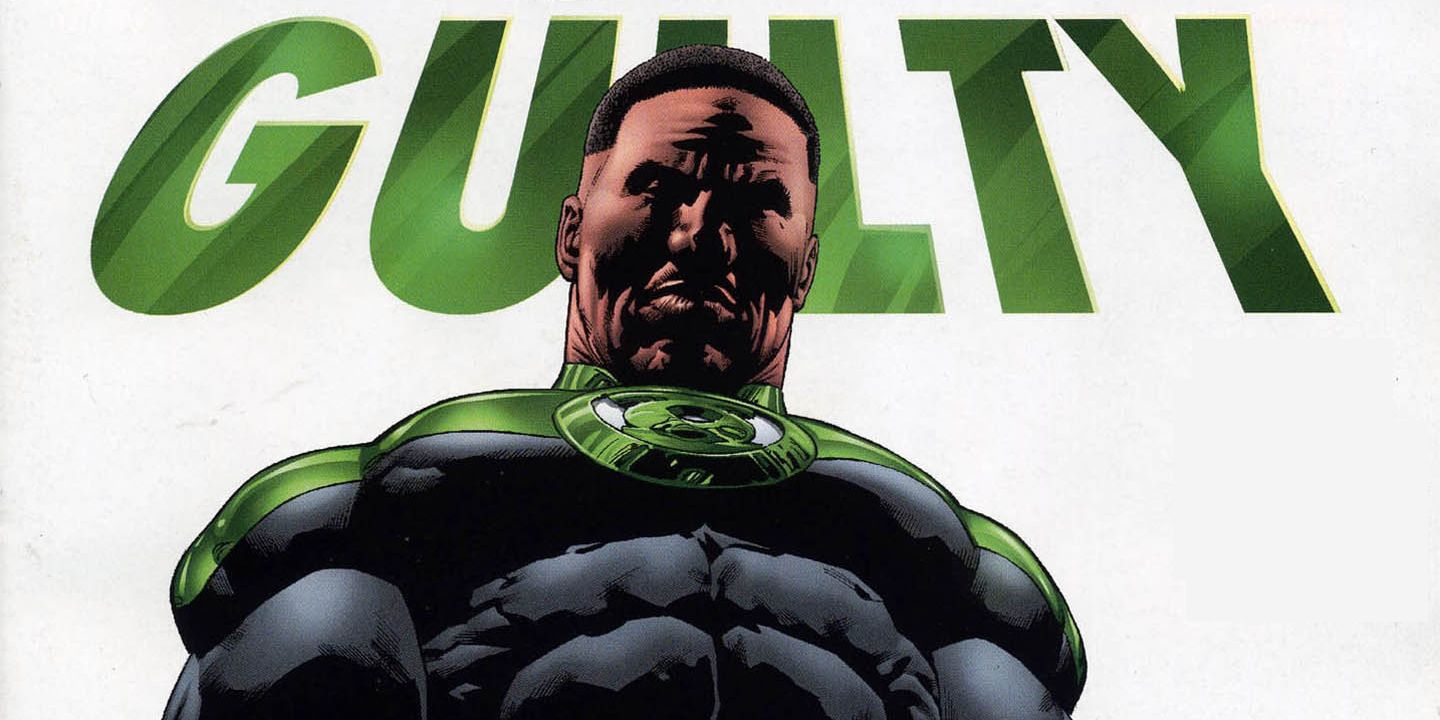
This essential story begins when the Alpha Lanterns place John Stewart on trial for the crime of murdering fellow Lantern Kirrt Kallak back in Green Lantern Corps #6 (2012). The allegations are based on incomplete evidence, and a guilty verdict means execution. Introspective, John refuses to defend himself in belief that he is guilty, having killed Kirrt to keep him from revealing essential information.
The move to condemn John is met with widespread frustration from the Green Lantern Corps, who consider him nothing less than a hero. Now the Alpha Lanterns find themselves extremely unpopular, having gone too far. Written by Peter Tomasi and illustrated in shimmering detail by Fernando Pasarin, the arc concludes with John liberated in a tragic climax that ends the Alpha Corps status quo.
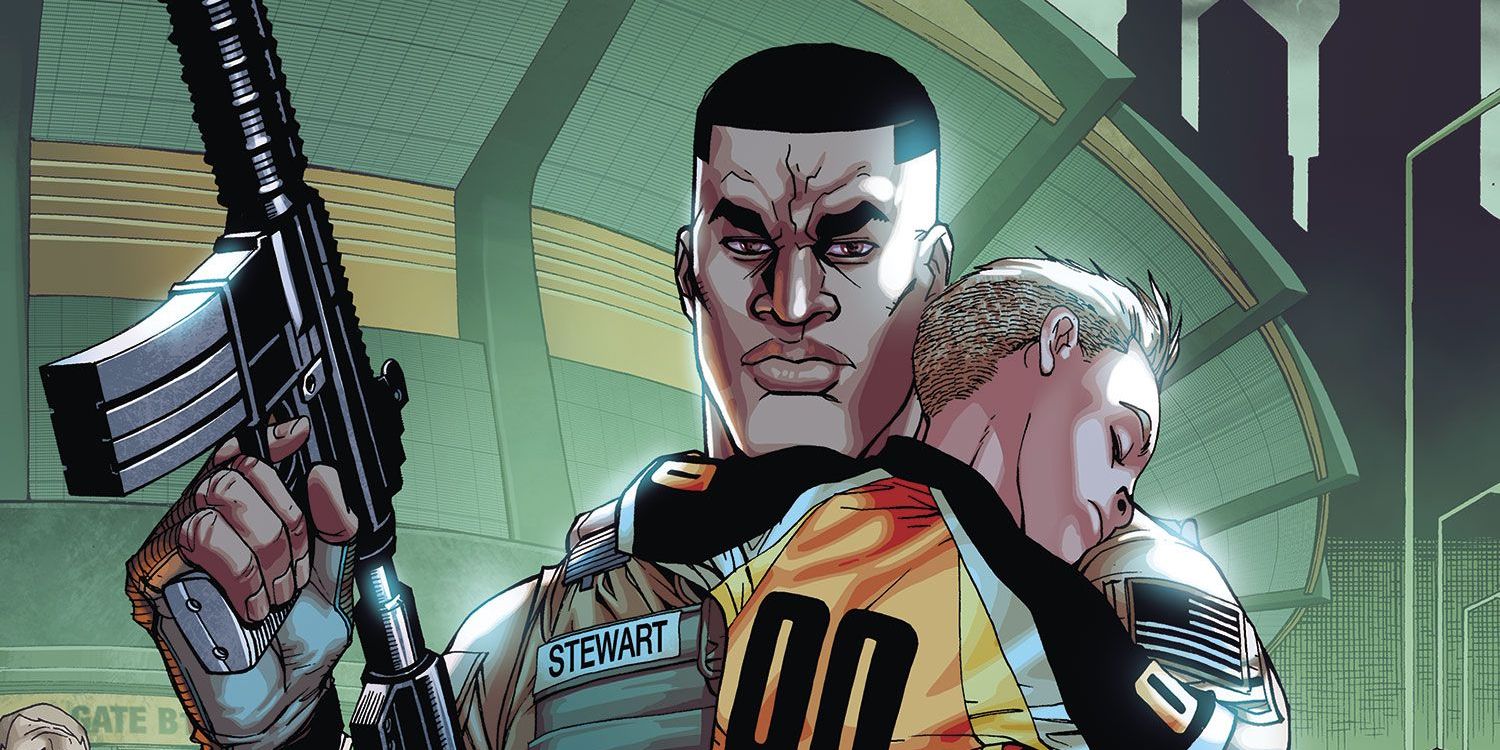
A kind of prequel story by Van Jensen and Robert Venditti, illustrated by multiple artists, "Powers That Be" chronicles a day in the life of John Stewart before he became Green Lantern. During his days as a Marine, John is sent to Gotham City to help civilians during a blackout, only to discover an anarchist revolt threatening to tear the city apart.
The story is a great insight into John's sense of morality without his emerald Power Ring. Furthermore, the story unfolds into a commentary on modern relations between civil authorities and the public, adhering to the socio-political focus that motivated John's original origin story in 1971 without getting too heavy-handed.
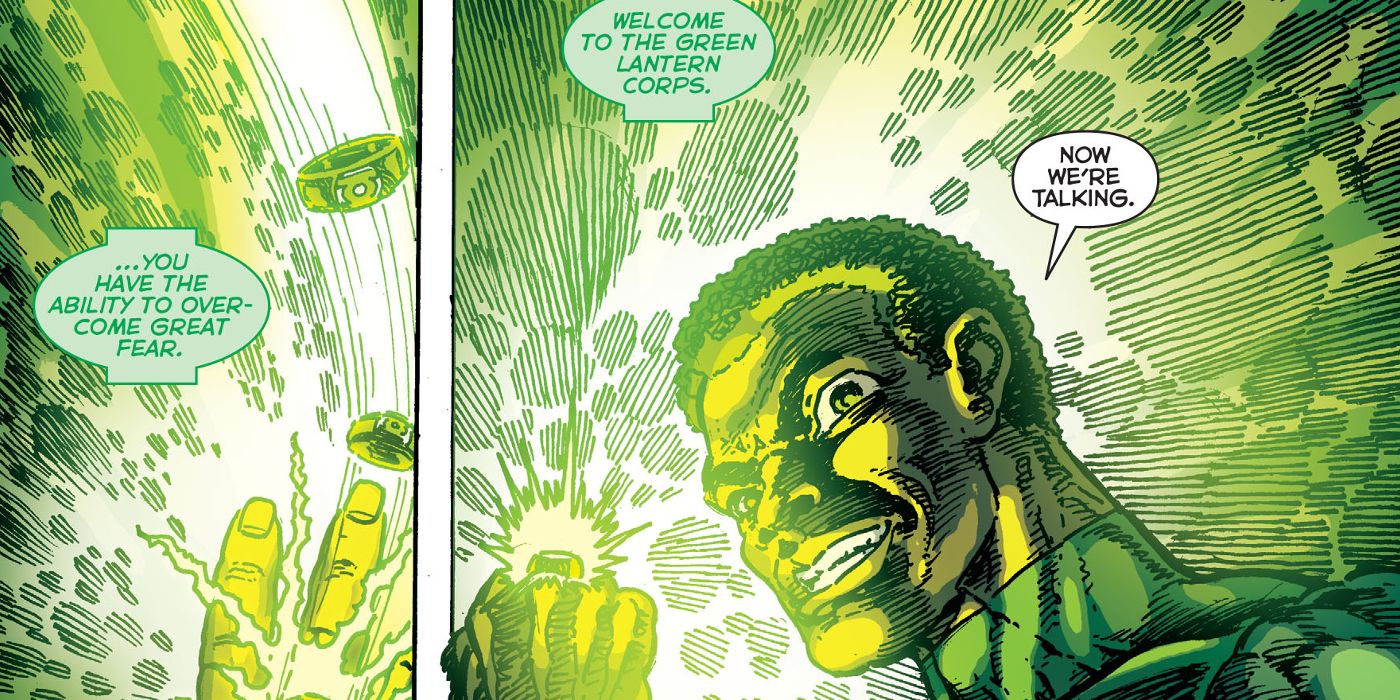
One of several stories in an issue telling the rebooted origin stories of characters such as Swamp Thing and Power Girl, "The Architect" is the New 52's first look at how John Stewart became a Green Lantern. Having left the Marines and now working as an architect, John finds himself attacked one day by a Manhunter seeking the blood of a Green Lantern.
In this story brought to life by Van Jensen and Pat Broderick, John's courage in the face of an emotionless killing machine earns him his ring, but the Guardians' amoral aspects are foreshadowed when readers learn the little blue masterminds set up the test themselves by sending the Manhunter to Earth.
from ScreenRant - Feed https://ift.tt/3lqAmWi

0 Comments